if pure mathematics can lead to the discovery of a new planet, why not to a new dimension, or even a new universe? • walter gilman | arkham MA
Don't wanna be here? Send us removal request.
Text

rat day rat day rat day!!! 🐀
24K notes
·
View notes
Text
Number Tournament: ZERO vs THE IMAGINARY UNIT (The Championship Match)
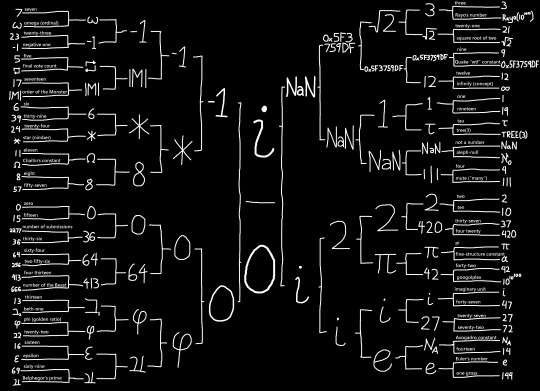

[link to all polls]
0 (zero; naught)
seed: 4 (60 nominations)
previous opponent: negative one
class: additive identity
biography: one of the most revolutionary numbers in all of mathematics, and not just because of its rotund symbol.
the notion of "nothingness" as a number in and of itself rather than merely as a placeholder was discovered independently in many parts of the world at many different times, particularly in cultures that used forms of positional notation (ie. writing numbers in a way where every symbol has some numerical value, and its position within a number indicates that the value is multiplied by some power of a "base", often ten). due to its strange nature as a number with no value, many properties that are often taken for granted with other numbers do not apply to zero.
in the Number Tournament, zero has beaten some incredibly iconic numbers seemingly effortlessly. fifteen, thirty-six, sixty-four, the golden ratio, and negative one were all no match for naught. it is truly a force to be reckoned with.
zero is a number associated with emptiness, with the void, as well as with new beginnings. it is one of the foundations of all of mathematics, and it is certainly one of the best numbers.
[Wikipedia article]
i
seed: 11 (46 nominations)
previous opponent: NaN
class: imaginary
biography: another groundbreaking number, discovered much more recently than zero. much like zero, in its earliest uses i (the imaginary unit) was considered more of placeholder than a number in its own right, as the name "imaginary number" might suggest.
the imaginary numbers (and the complex numbers they are a part of) were born as an elegant solution to a practical problem, and they've persisted as a tool for modeling things in the physical world, no less real than the "real numbers". complex numbers are useful for "translating" statements about shapes into statements about numbers, and vice versa. they are crucial to the Fourier transform, which itself is a vital part of signal processing and many areas of physics.
in the Number Tournament, i faced off against a series of increasingly tougher challengers: forty-seven, twenty-seven, e, two, and Not a Number, each race closer than the last. i fought hard to get here, and we're all very proud of it for making it this far.
i is associated with the mathematical tradition of taking "you can't do that" as a challenge, and with thinking outside of the box. it is a fundamental component of our modern understanding of the world, and it is certainly one of the best numbers.
[Wikipedia article]
4K notes
·
View notes
Text
Number Tournament: ZERO vs THE IMAGINARY UNIT (The Championship Match)


[link to all polls]
0 (zero; naught)
seed: 4 (60 nominations)
previous opponent: negative one
class: additive identity
biography: one of the most revolutionary numbers in all of mathematics, and not just because of its rotund symbol.
the notion of "nothingness" as a number in and of itself rather than merely as a placeholder was discovered independently in many parts of the world at many different times, particularly in cultures that used forms of positional notation (ie. writing numbers in a way where every symbol has some numerical value, and its position within a number indicates that the value is multiplied by some power of a "base", often ten). due to its strange nature as a number with no value, many properties that are often taken for granted with other numbers do not apply to zero.
in the Number Tournament, zero has beaten some incredibly iconic numbers seemingly effortlessly. fifteen, thirty-six, sixty-four, the golden ratio, and negative one were all no match for naught. it is truly a force to be reckoned with.
zero is a number associated with emptiness, with the void, as well as with new beginnings. it is one of the foundations of all of mathematics, and it is certainly one of the best numbers.
[Wikipedia article]
i
seed: 11 (46 nominations)
previous opponent: NaN
class: imaginary
biography: another groundbreaking number, discovered much more recently than zero. much like zero, in its earliest uses i (the imaginary unit) was considered more of placeholder than a number in its own right, as the name "imaginary number" might suggest.
the imaginary numbers (and the complex numbers they are a part of) were born as an elegant solution to a practical problem, and they've persisted as a tool for modeling things in the physical world, no less real than the "real numbers". complex numbers are useful for "translating" statements about shapes into statements about numbers, and vice versa. they are crucial to the Fourier transform, which itself is a vital part of signal processing and many areas of physics.
in the Number Tournament, i faced off against a series of increasingly tougher challengers: forty-seven, twenty-seven, e, two, and Not a Number, each race closer than the last. i fought hard to get here, and we're all very proud of it for making it this far.
i is associated with the mathematical tradition of taking "you can't do that" as a challenge, and with thinking outside of the box. it is a fundamental component of our modern understanding of the world, and it is certainly one of the best numbers.
[Wikipedia article]
4K notes
·
View notes
Text

The Radiant Meteor Storm of 9 October 1933 from the Larousse Encyclopedia of Astronomy
8K notes
·
View notes
Photo

RCW 86: Historical Supernova Remnant via NASA https://ift.tt/QRBTLYs
101 notes
·
View notes
Text

35K notes
·
View notes
Text
they need to make more study places for bitches who don't want to expose their back to an open room
59K notes
·
View notes
Link
Jupiter is well known for its spectacular aurorae, thanks in no small part to the Juno orbiter and recent images taken by the James Webb Space Telescope (JWST). Like Earth, these dazzling displays result from charged solar particles interacting with Jupiter’s magnetic field and atmosphere.
Over the years, astronomers have also detected faint aurorae in the atmospheres of Jupiter’s largest moons (aka. the “Galilean Moons”). These are also the result of interaction, in this case, between Jupiter’s magnetic field and particles emanating from the moons’ atmospheres.
Detecting these faint aurorae has always been a challenge because of sunlight reflected from the moons’ surfaces completely washes out their light signatures. In a series of recent papers, a team led by the University of Boston and Caltech (with support from NASA) observed the Galilean Moons as they passed into Jupiter’s shadow.
These observations revealed that Io, Europa, Ganymede, and Callisto all experience oxygen-aurorae in their atmospheres. Moreover, these aurorae are deep red and almost 15 times brighter than the familiar green patterns we see on Earth.
Continue Reading.
169 notes
·
View notes
Photo

Shooting star. Alienist and neurologist. 1919.
Internet Archive
19K notes
·
View notes
Photo

“Resting Eclipse” Powdered Graphite with digital Color (2018)
15K notes
·
View notes
Text
The (plaster) Moon (1873)
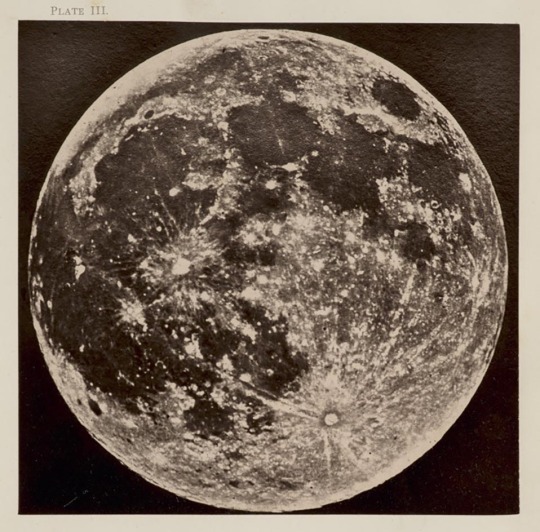
The Moon; Considered as a Planet, a World, and a Satellite (1873). Photograph (probably a photogravure) from the first edition of the classic and influential text on lunar geology by James Nasmyth and James Carpenter. | src Jeschke van Vliet Auktionen

The book was one of the first to be illustrated with photomechanical prints, praised by a contemporary reviewer as one of the "truest and most striking representations of natural objects", although the illustrations are not actual photographs of the Moon. (...) Nasmyth and Carpenter pointed the camera not at the lunar surface itself, but at a series of hand-made plaster models based on these drawings (...)
view & read more on wordPress
76 notes
·
View notes
Text
what do you mean the basement is warm and cozy. every other room in thus house fucking freezing youd think we didn't pay our heating bills
3 notes
·
View notes
Text

You aren't on the roster for any of Professor Uppham's classes, are you even Miskatonic students?
2 notes
·
View notes
Text
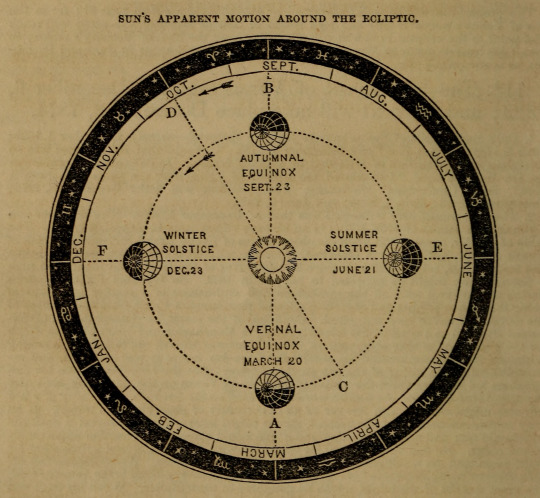
Sun's apparent motion around the ecliptic. A high-school astronomy. 1853.
Internet Archive
444 notes
·
View notes
Photo


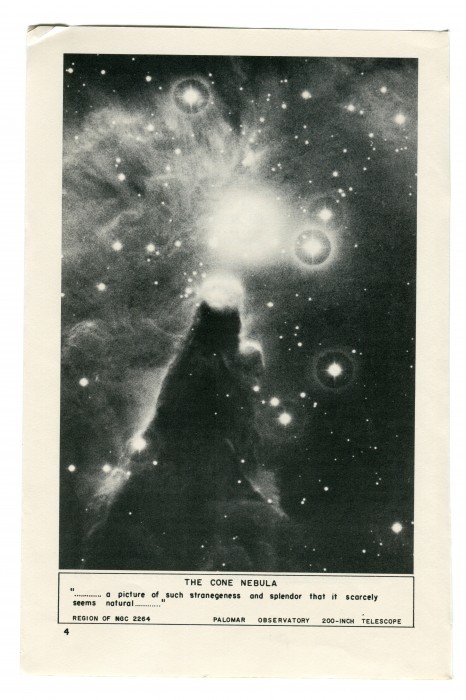

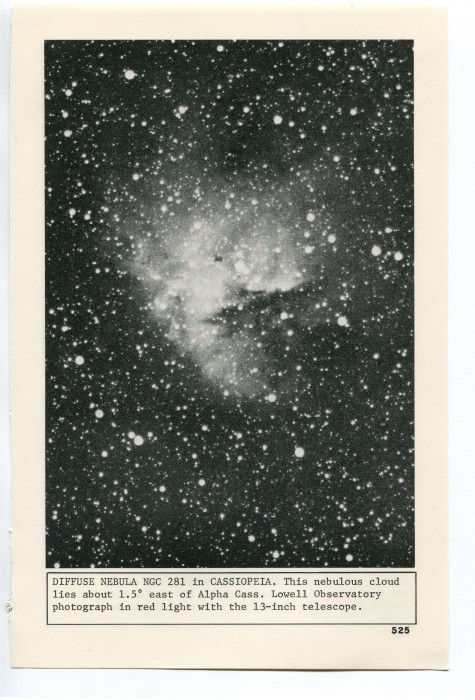


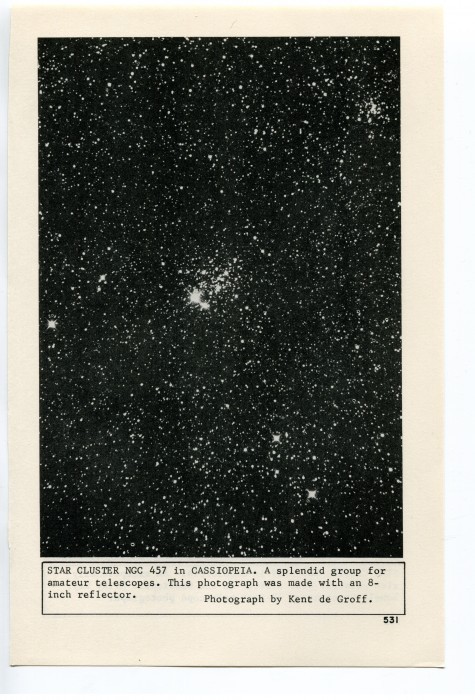

Lutz Bacher, Appropriated Celestial Photographs, (2012)
61K notes
·
View notes
Photo

‘The Astral Man’. Sascha Schneider. 1903.
4K notes
·
View notes
